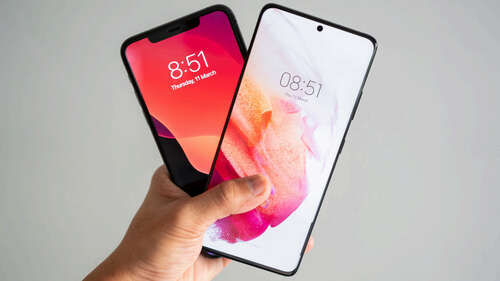
iOS widgets are fairly normal nowadays, but they are a relatively new addition to iPhones. Android’s accept of widgets dates back to its early years, with the release of Android 1.5 Cupcake in 2009. This marked the inception of a feature that would become synonymous with the Android go through and set the stage for a more dynamic and personalized user interface. Widgets allowed users to display live updates for weather, news, calendar events, and more, offering a level of customization and efficiency that was unparalleled in the smartphone landscape.
In contrast, Apple was initially skeptical of cluttering the pristine simplicity of its home screen but eventually introduced widgets much later with the release of iOS 14 in 2020. The delayed adoption left iPhone users gazing enviously at their Android counterparts, who had long been enjoying the convenience of at-a-glance information.
Android’s open philosophy also allowed third-party developers to contribute to the widget ecosystem. This approach fostered a vibrant community of widget creators, offering users an expansive array of choices to improve their daily interactions with their devices. However, Android’s widget journey has not been without its challenges. The freedom and flexibility that make Android’s ecosystem a playground for innovation also pose hurdles in maintaining a consistent user go through. Fragmentation, a perennial issue for Android, means that the implementation, design, and quality of widgets can vary widely across devices and manufacturers.

